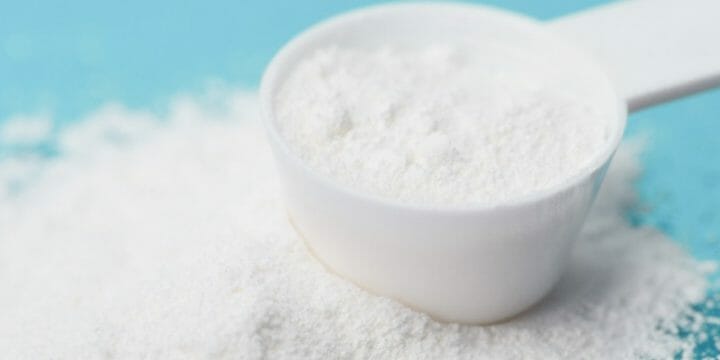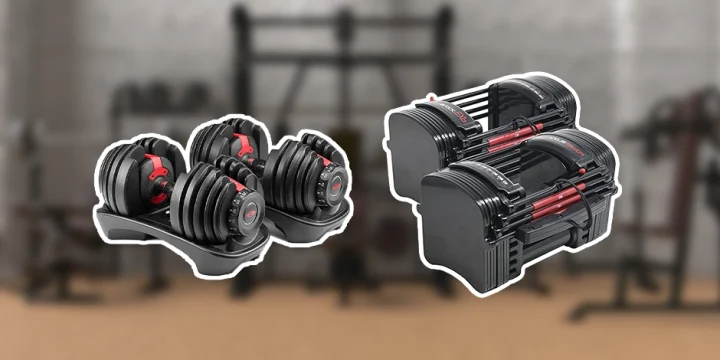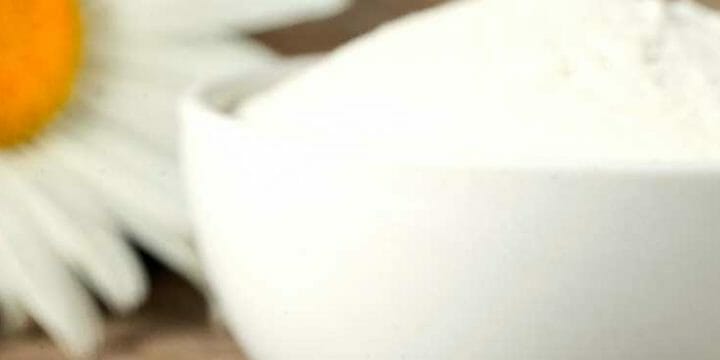Many people don't fully understand and appreciate the impact different types of body fat have on overall health and fitness. Often, people simply think of the flabby stuff around their belly, but there's also a hard type of fat.
And that fat can often be more dangerous and more difficult to get rid of.
One interesting question I got from one of my clients is whether this hard fat has to first become soft before the body can metabolize it.
So, I decided to dive into research and discuss the relevant literature with a physician.
Here's what I found out.
Quick Summary
- The difference between soft and hard fat primarily lies in their location in the body, physical characteristics, and impact on health.
- Regular health checks, such as DEXA scans, are needed to accurately measure visceral fat levels, which can be significant even in slim individuals.
- According to a study from PubMed, the body predominantly burns fat in the upper body and belly area, regardless of which body part is exercised more.
- During my fitness career, I found that understanding the role of hormones and genetics in fat distribution is crucial for developing effective and personalized weight management strategies.
Does Your Body Burn Soft or Hard Fat for Energy?

Your body burns both soft and hard fat, but it often metabolizes the easily accessed soft fat first.
For most people, this soft fat will be around the belly, but for obese people, it can also extend to the chest, shoulders, and thighs.
Once your body starts targeting fat, your metabolism will break it down into energy, water, and CO2 [1].
However, there is no evidence to suggest that hard fat has to be transformed into soft fat before it can be fully metabolized.
Interestingly, it doesn't matter which body part you exercise more. According to a PubMed study, your body will mostly burn fat in the upper body and belly area, and that includes both soft and firm fat [2].
What's important for both types of fat is that you need to combine the right diet and exercise routine to consistently burn fat.
Difference Between Soft And Hard Body Fat
The main difference between soft and hard fat is where in the body it's located.
Soft fat is generally referred to as subcutaneous fat, and this is the type that you can find just under the skin.
It's the soft, flabby stuff that impacts your physique and is generally the main reason people try to get slim.
But it's the hard visceral fat that is a lot more problematic, according to Harvard Health [3].
This firm fat accumulates around the organs, giving them less space to move around. One of the problems is that people who are slim could still be accumulating a lot of this dangerous hard fat.
This fat has a direct impact on cholesterol levels, high blood pressure, and inflammation.
The only reliable way to determine if you have too much visceral fat is through a DEXA scan, which is something that should be part of your regular health checks [4].
"Visceral fat, or "deep" fat, is also referred to as intra-abdominal fat because it is located beneath the abdominal wall. It can also be found in the spaces surrounding the vital organs, such as the liver and intestines."
- Maryann Walsh, MFN, RD, CDE, Byrdie.com
Related Articles: What Is Visceral Fat?
Impact of Genetics on Fat Distribution
Genetic influence can explain why some people are more prone to accumulating visceral fat (hard fat) while others may have more subcutaneous fat (soft fat).
- Genetic predisposition: Some people are genetically predisposed to store more visceral fat around their abdominal organs. This type of fat is often associated with a higher risk of metabolic diseases such as diabetes and heart disease.
- Variations in fat cell distribution: Some individuals might have a higher concentration of fat cells in the abdomen, leading to more visceral fat, while others might have them distributed more in the hips and thighs, leading to more subcutaneous fat.
- Gender differences: Women, due to estrogen, are more likely to store fat in the lower body (thighs and buttocks), which is mostly subcutaneous fat. In contrast, men, influenced by testosterone, tend to store more fat in the abdominal area, which is primarily visceral fat.
Recognizing the role of genetics in fat distribution can lead to more personalized approaches in weight management and health.
For individuals with a genetic predisposition to store more visceral fat, strategies might include specific dietary changes, targeted exercises, and regular health monitoring to manage the associated health risks effectively.
Role of Hormones in Fat Composition
The composition and distribution of body fat are significantly influenced by hormones. These biochemical messengers play a crucial role in how and where fat is stored and utilized in the body.
Key hormones affecting fat composition are:
- Insulin
- Cortisol
- Estrogen
- Testosterone
- Leptin and Ghrelin
The hormonal influence on fat composition has significant health implications. For example, an excess of visceral fat, influenced by hormones like cortisol and insulin, is associated with a higher risk of metabolic diseases, heart conditions, and insulin resistance.
During work with one of my clients, I saw firsthand how hormones like insulin and cortisol can impact fat composition. Balancing these hormones has been a key part of our strategy for managing his body fat distribution more effectively.
Overall, understanding the hormonal influences on fat composition can lead to more personalized and effective strategies for weight management, such as dietary adjustments, stress management, and hormone replacement therapy.
Which Type of Fat Is Easier to Lose?

From my experience, losing soft fat, especially around the belly, is more straightforward than losing hard fat. I noticed that when I intensified my workouts and improved my diet, the soft belly fat was the first to go.
This personal observation aligns with our research, suggesting that the body targets this type of fat first [5].
Dr. Enrizza Factor, a dermatologist at My Eczema Team, says that, compared to men, women are more likely to store soft fat in their bellies.
Luckily, soft fat is considerably easier to lose. With regular exercise and a healthy diet, soft belly fat may melt on its own.
By switching to a calorie-deficit diet with a drastic reduction in sugar and simple carbs, you can stop fueling the fat accumulation.
And by adding regular daily exercises, you can trigger a higher fat metabolism.
And when you push your body far enough, then your metabolism should end up targeting both soft and hard fat resources.
FAQs
How Long Does It Take For Hard Fat To Burn?
You can start burning hard within a couple of days of trying to lose weight. By getting to a significant calorie deficit of 20% or more, you'll force your metabolism to source more energy from stored fat, including the hard visceral fat.
Is Belly Fat Soft Or Hard?
Most of the belly fat is soft. It's the fat that is stored just below the skin and accounts for up to 90% of your total fat reserves.
References:
- https://health.clevelandclinic.org/where-does-body-fat-go-when-you-lose-weight
- https://pubmed.ncbi.nlm.nih.gov/20309749/
- https://www.health.harvard.edu/staying-healthy/taking-aim-at-belly-fat
- https://www.nature.com/articles/0801121
- https://www.thehealthsite.com/fitness/soft-belly-fat-vs-hard-belly-fat-which-is-more-difficult-to-lose-and-why-788687/
About The Author
You May Also Like






